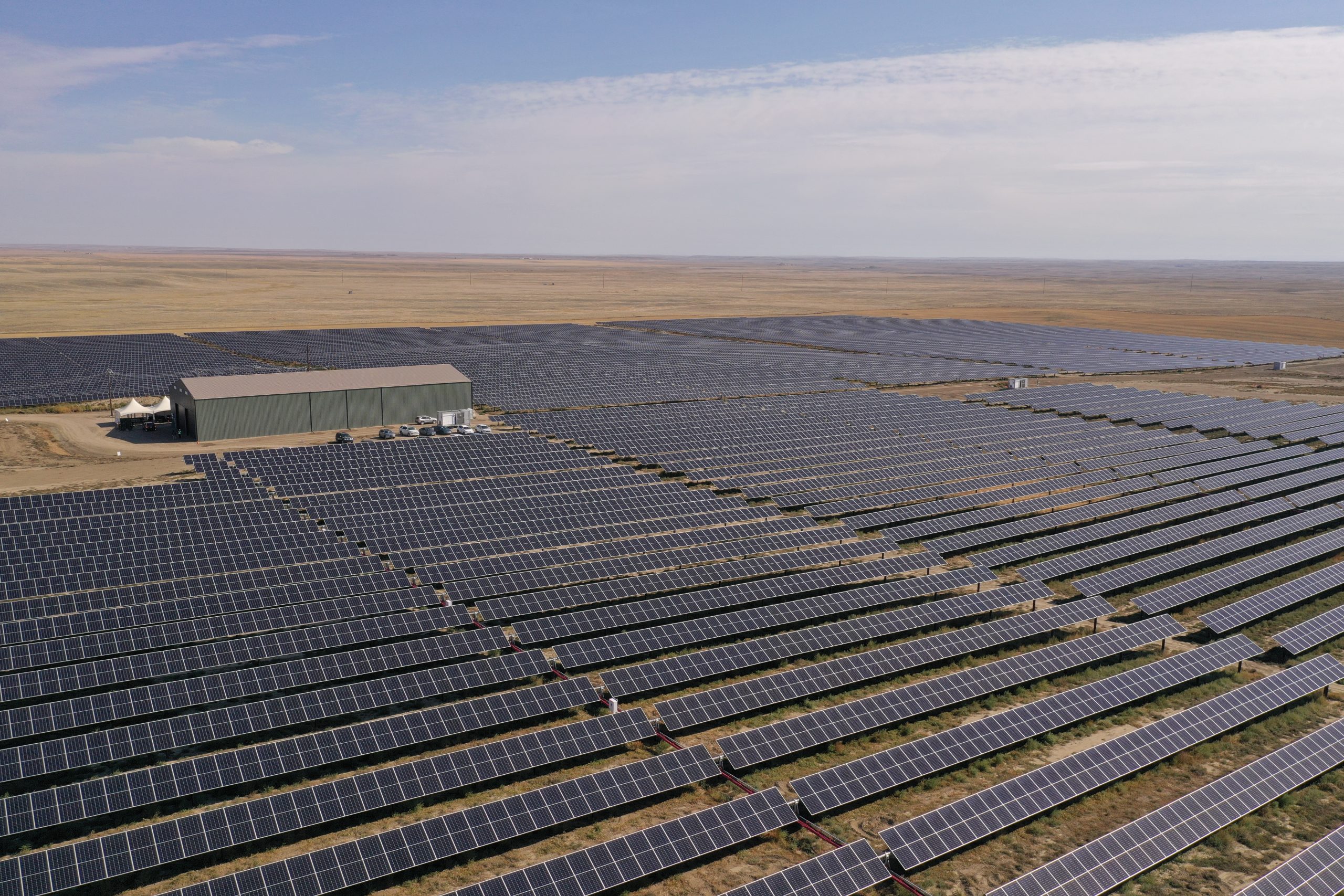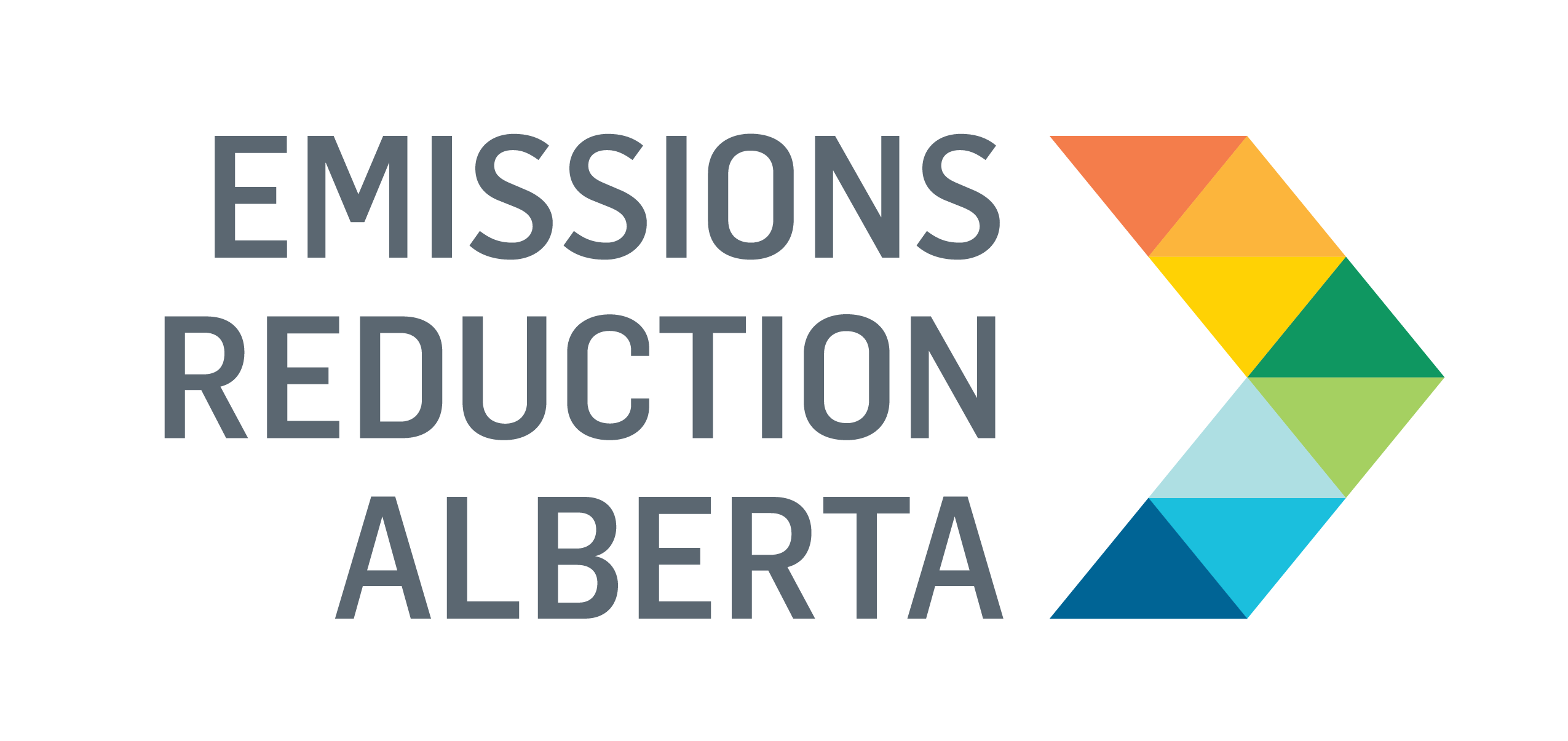Canada’s largest solar-powered vanadium flow battery now installed in Alberta
Just outside of Medicine Hat, a new project is not only producing solar energy, but also storing it. The project marks an important next step in the evolving renewable energy sector in Western Canada. It also creates an innovative path for economic reconciliation.
Elemental Energy has partnered with Cold Lake First Nations (CLFN), giving them equity interest in the project. CLFN will also benefit from capacity building and employment opportunities in a new sector of strategic interest for the community.
The project will enable CLFN to meaningfully invest and participate in the province’s transition to clean energy economy while maintaining employment and economic opportunities within the local workforce and wider provincial economy.
“Our communities want to be part of the development of these projects. The movement towards reconciliation is one where we must provide value to developers and projects. Indigenous equity participation is important. This is a great example of that. Our hope is that future revenues can be invest ed in other projects down the road and continue to grow our portfolio. As we get up and going, the focus will be less on reconciliation and more on true partnerships,” said Heather Bishop, Economic Development, Cold Lake First Nations.
The first-of-its-kind in Canada, the Chappice Lake Solar and Storage Project uses a game-changing DC-connected solar and flow battery system. Instead of wasting energy usually lost due to grid limitations, it will be stored and released whenever it is needed.
“Storage is a critical component in the rapid transition of the electrical grid, both here in Alberta and around the world,” says Dan Eaton, Director of Project Development, Elemental Energy
With approximately 40,000 solar panels installed alongside an 8.4 MWh Vanadium Flow Battery (VFB), the Chappice Lake facility showcases technology that makes better use of Alberta’s existing grid for renewable energy adoption. ERA committed $10 million to the $40 million project. Solar energy produced at Chappice Lake will charge the VFB during the day and release it as needed. While the system comes with significant up-front investment, the long-term benefits include a safer, longer battery life with minimal degradation over 25 years.


“Storage is what’s going to facilitate the adoption and deep penetration of renewable energy into the Alberta grid. Renewable energy generation on its own is variable. Storage can make it dispatchable,” Eaton said. “For us, what’s exciting is bringing a new innovative project to a market that’s undergoing rapid transition. We think this project will bring a lot of value to the province and be a catalyst for more innovative dispatchable renewable energy projects.”
A 21 MW solar array will be co-located with a utility-scale VFB from Invinity Energy Systems and generate enough low-cost electricity to serve over 7,000 Albertans. The project is now operational and is estimated to directly result in the reduction of approximately 20,000 tCO2e/year, or the equivalent of taking 4,300 passenger vehicles off the road.
“We are grateful for the support of Emissions Reduction Alberta and for the Cold Lake First Nations participation in demonstrating how delivering power on demand from an abundant solar resource can expand Alberta’s legacy of leadership in energy,” said Larry Zulch, Chief Executive Officer, Invinity Energy Systems.
